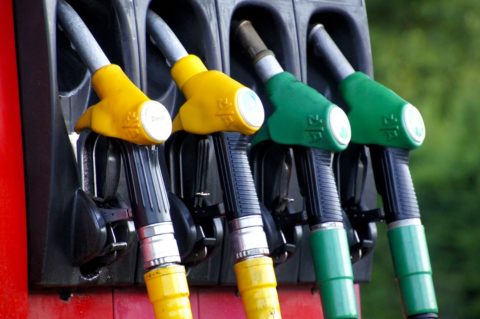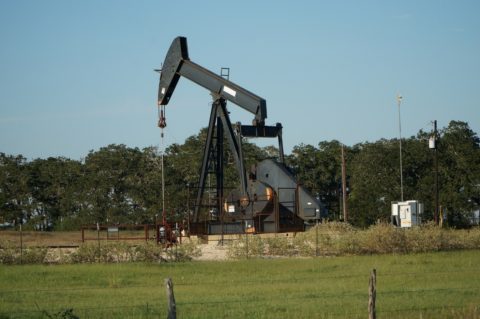
There’s no question that gas prices have been creeping up over the years. In fact, average prices at the pump in 2018 have been the highest in four years. But every year brings new prospects. Now that we’re firmly into 2019, can we finally get a break on our gas budget? Well, that depends, according to GasBuddy.
Who is GasBuddy?
GasBuddy provides real-time fuel prices through their app using data submitted by its users. Their team uses this information along with their own research to put together an analysis of what could happen in the near future of the fuel market. The results of that work can be found in their 2019 Fuel Price Outlook.
Expectations for 2019
Last year, the national average for gasoline was $2.73. This year, GasBuddy predicts that we’ll have an average of $2.70 – a welcome reduction after years of increase. However, that figure only indicates the predicted average price of gas for 2019. What it doesn’t show is how much it can fluctuate as the year goes by.
January has the lowest predicted monthly average at $2.35 per gallon. Prices are seen to rise to an average high of $2.97 in May before settling back down throughout the rest of the year. Here’s what Patrick DeHaan, head of petroleum analysis at GasBuddy had to say:
“2019 sets the stage for the first decline in the yearly national average since 2015, but before motorists drive for joy, it may be prudent to remind them that 2019 will still be the second most expensive year to fill up since then. For now, enjoy the bargain basement prices, because spring’s ‘new merchandise’ will probably be a pretty penny higher than these $1-something prices of today.”
Why Gas Prices Are Volatile

Seasonal demand, local and international regulations, the state of the global economy, crude oil prices, weather events that impact production, and, of course, politics. These factors and more, many of which unpredictable, are definitely felt at the pump.
The outlook states that fuel prices can be driven up by the following factors:
- Successful implementation of OPEC’s 1.2 million barrel per day production cut by both members and non-members
- Resolution of U.S. – China trade disputes
- Economic progress in the U.S. boosting petroleum demand
- Ongoing and unforeseen geopolitical conflicts
- Disruptions in production
On the other hand, these are what could push prices down:
- Ongoing uncertainty of U.S. – China trade conflict
- Increased oil output from the United States, Russia, and Saudi Arabia
- Fewer disruptive weather events
- Lower gasoline demand in the United States
“In a climate where oil prices appear whipsawed daily by the latest headlines and priced based on the overall equities markets, motorists can be excused for trying to grapple with the bewildering effect,” said Dan McTeague, a senior petroleum analyst at GasBuddy.
With gas being the biggest commuting expense for many Americans, these fluctuations in fuel prices can be difficult to handle. This forecast can be a useful tool, especially for individuals who want to have an idea of what to expect. When it comes to your budget, it’s best to hope for the best but plan the worst.

